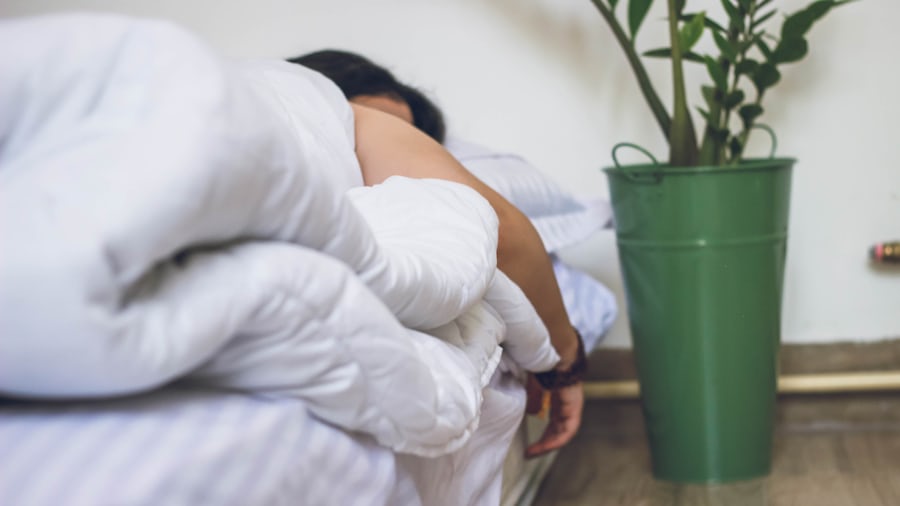
If you’re one of those who struggles to fall asleep at night, then you know the toll it can have on your wellbeing. Most of us tend to fall asleep within 10-20 minutes, and if you’re not in this group (ie if you have insomnia), the good news is that there are some tried and tested techniques you can try if you want to fall asleep faster.
You can try these methods to fall asleep, but it would most likely take a bit of time to get used to.
The Military Method
You may have heard of this method which aims to get you asleep in 10 seconds. The trick comes from a 1981 US military practice book; the full method takes 2 minutes, but you can use the last 10 seconds to fall asleep. Do note that there’s no research to supports the effectiveness of this method.
- Briefly tighten then relax the facial muscles, and relax your tongue.
- Drop your shoulders toward the bed and allow your arms to dangle loosely by your sides.
- Breathe at a normal pace while relaxing the chest.
- Relax your thighs and lower legs.
- Allow the mind to clear, letting thoughts come and go (don’t dwell on them).
- Picture a relaxing scene, such as a spa session, or lying on a beach. Alternatively, you can repeat the mantra, “don’t think.”
- You should fall asleep within 10 seconds of performing step 6.
4-7-8 Breathing Method
Created by Dr. Andrew Weil, the 4-7-8 breathing method uses controlled breathing to aid relaxation. This “natural tranquiliser for the nervous system” becomes more effective with practice and should help you fall asleep within minutes.
- Place the tip of your tongue against the skin behind your upper front teeth, and keep it there throughout.
- Close your mouth and breathe in quietly through your nose to the count of 4. Hold your breath for a count of 7. Breathe out fully through your mouth (exhale audibly), to the count of 8. This counts as one breath.
- Repeat step 3 three more times, for a total of 4 breaths.
Counting breaths
This is a simple yet potentially effective breathing technique, which should get easier with practice:
- Close the eyes and take a few deep breaths naturally – try not to intentionally make it slower or faster.
- Count each exhalation up to a count of five and repeat. Don’t count inhalations. If you forget your count, start again at 1.

Progressive muscle relaxation
This is a popular technique for those with anxiety, according to one article. This technique relies on tensing and relaxing muscles, and you may fall asleep shortly after the exercise or in the middle of it. You can also try guided progressive muscle meditations, available online.
- Begin by tensing the muscles in your face, then relaxing them.
- Relax the muscles of your neck and shoulders.
- Continue relaxing all the muscles, moving down the body to the toes.
Other tips and hints
You can also improve your sleep by changing daytime and pre-bed habits:
- Get plenty of exercise in the day, but avoid doing so just before bedtime.
- Try to avoid stimulants like alcohol, caffeine, and nicotine, and don’t eat greasy, fatty, or spicy foods for several hours before bedtime.
- Set a bedtime routine, like reading or listening to soothing music for an hour before sleeping. Avoid TV, phone, and computer screens for before bedtime.
- One study reports that taking a warm shower 1–2 hours before bed helped people fall asleep an average of 10 minutes faster than usual.
It typically takes most people 10-20 minutes to fall asleep, but if you have trouble falling asleep, you can try the methods and techniques listed above.










